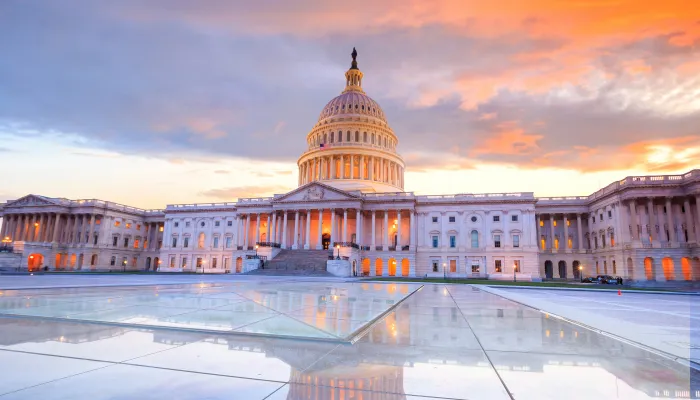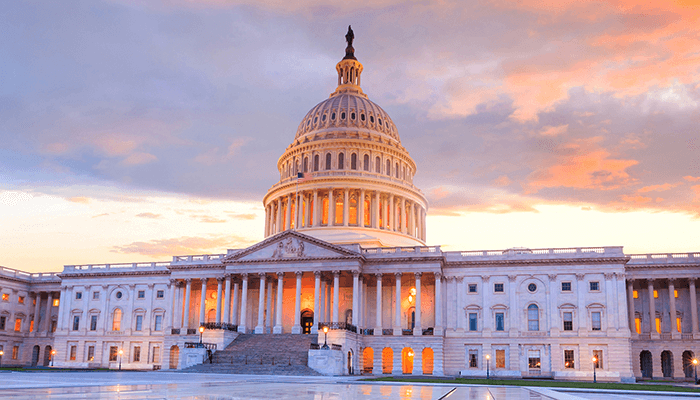Reconciliation Could Increase Spending Under Senate Instructions
The Fiscal Year (FY) 2025 concurrent budget resolution reconciliation instructions would allow the House to add up to $2.8 trillion to primary deficits and the Senate to add up to $5.8 trillion. The Senate instructions would also lead to a $1.6 trillion net spending increase, including over $500 billion of primary spending increases and roughly $1.1 trillion of interest costs. Despite requiring up to $2 trillion in gross spending cuts, the House instructions would only reduce spending by $600 billion to $1.1 trillion on net.

Although there has been much discussion of spending cuts, the Senate’s instructions require just $4 billion of gross deficit reduction over ten years, at least $1 billion each from four different committees. Meanwhile, they would allow up to $521 billion in deficit increases from committees with jurisdiction over military, commerce, and immigration spending, and another $5.3 trillion from the Finance Committee. Assuming the Finance Committee instructions are used for tax cuts and other committees for spending changes, the Senate instructions would allow up to $517 billion in primary spending increases. Including higher interest costs from adding to primary deficits, the Senate instructions would increase net spending by $1.6 trillion over a decade.
The House’s instructions require eight committees to identify a combined $2 trillion in deficit reduction over the next decade while allowing the Ways & Means Committee to borrow up to $4.5 trillion and three other committees to borrow a combined $300 billion for defense, immigration, and border security. Assuming the Ways & Means instructions are used for tax cuts and the other committees for spending changes, the House instructions would reduce primary spending by roughly $1.7 trillion. Including higher interest costs from adding to primary deficits, spending would fall by a net $1.1 trillion over a decade, meaning increases in spending and interest would eat up nearly half of gross spending cuts.
Importantly, the House instructions allow for the deficit-reducing committees to save less than $2 trillion – and in fact as little as $1.5 trillion – so long as the Ways & Means instructions are adjusted dollar for dollar. Under the House instructions, spending reductions could fall to as low as $600 billion, meaning spending increases, including interest, would consume nearly three-fifths of the reductions.
Unfortunately, neither chamber's reconciliation instructions are deficit-reducing or fiscally responsible. Both proposals would dramatically worsen the nation’s fiscal outlook, with the Senate allowing twice as much borrowing as the House. But even looking at spending reductions separate from debt, neither resolution would make much of a dent in the $86 trillion the government is projected to spend over the next decade. The Senate instructions would allow for spending increases.
As policymakers work to pass a final reconciliation bill, they should adopt policies that reduce deficits and spending. At a minimum, they should pair any tax cuts or spending increases with revenue and spending cuts that prevent additional borrowing.

